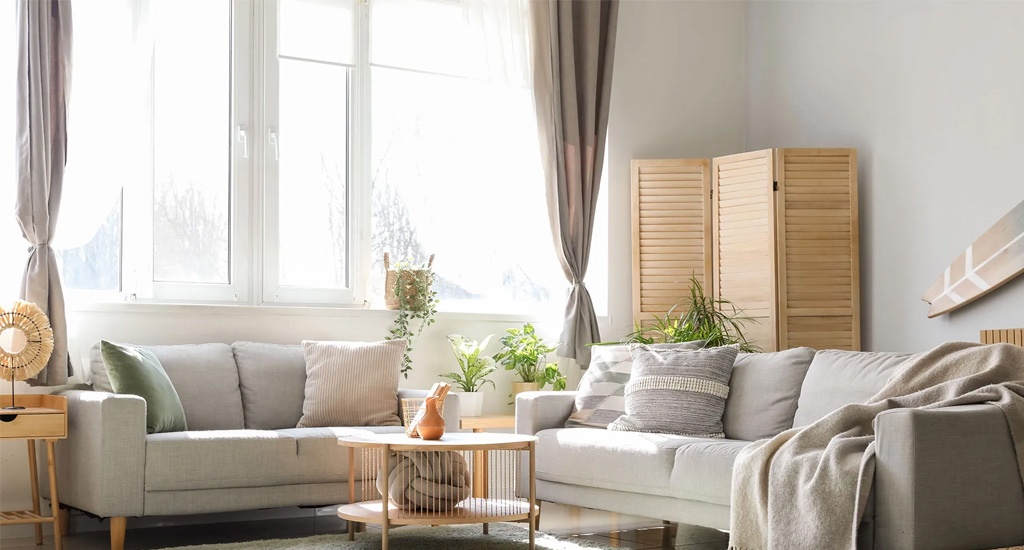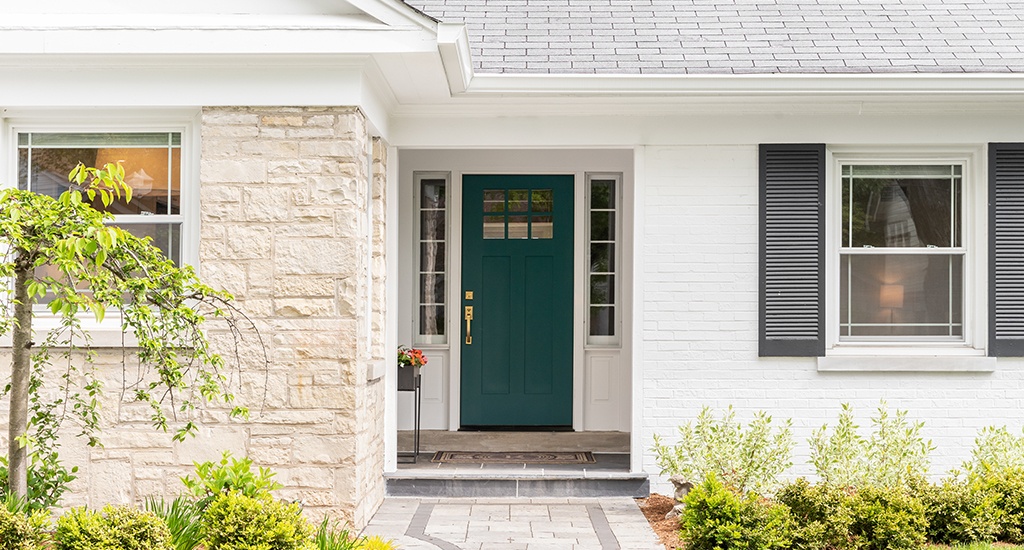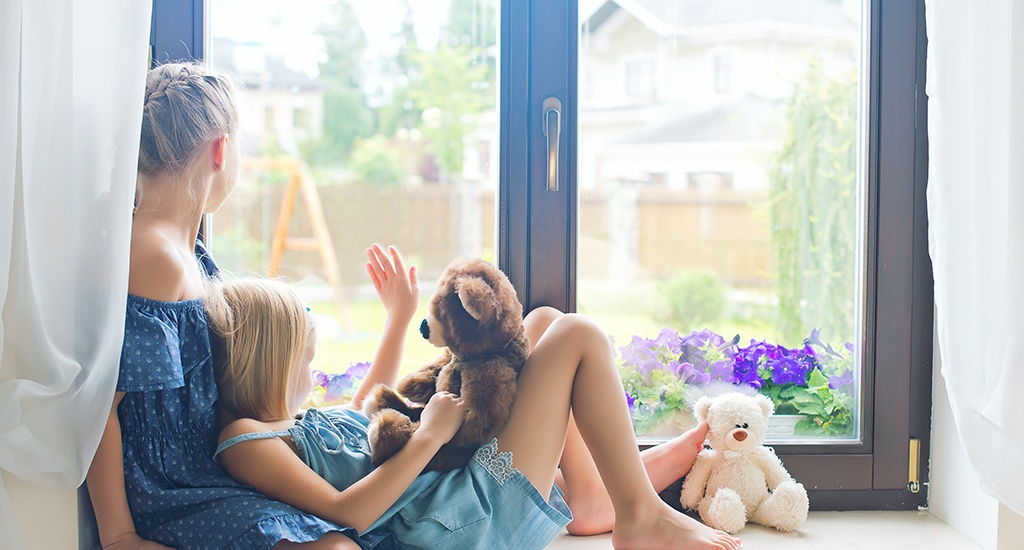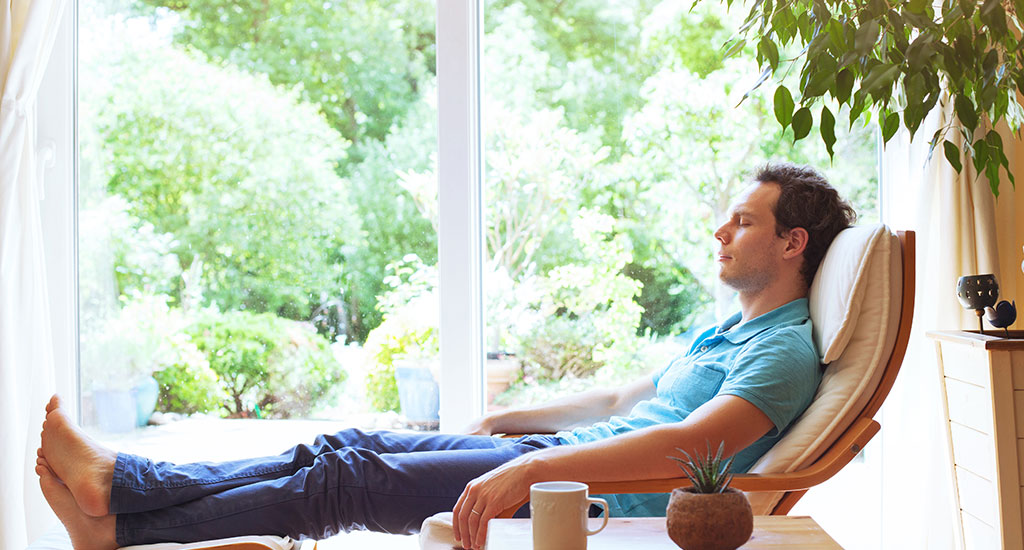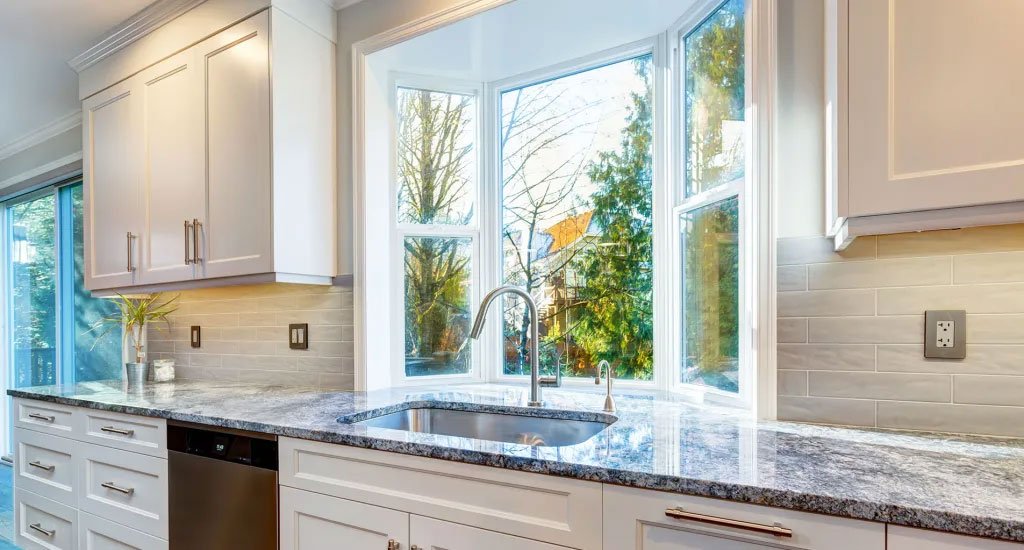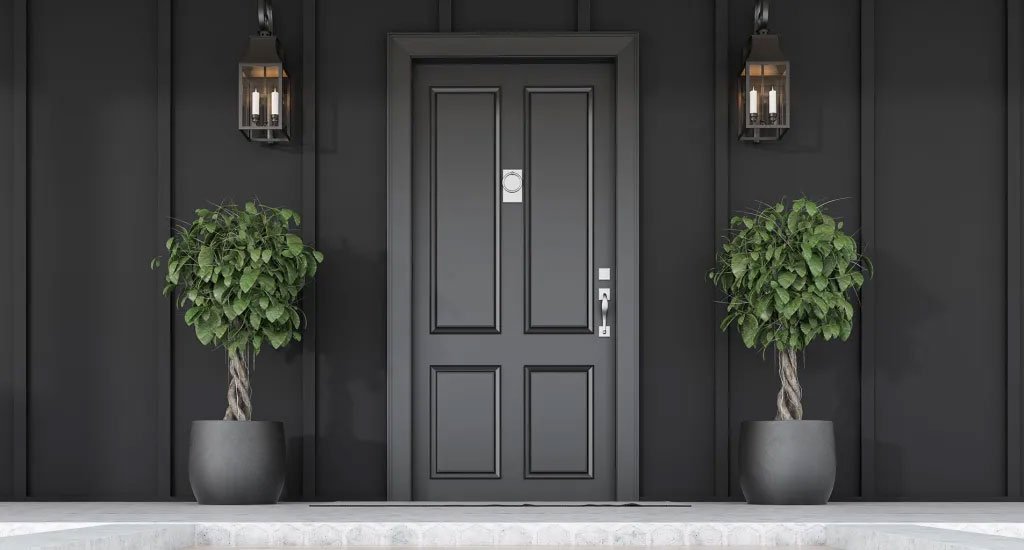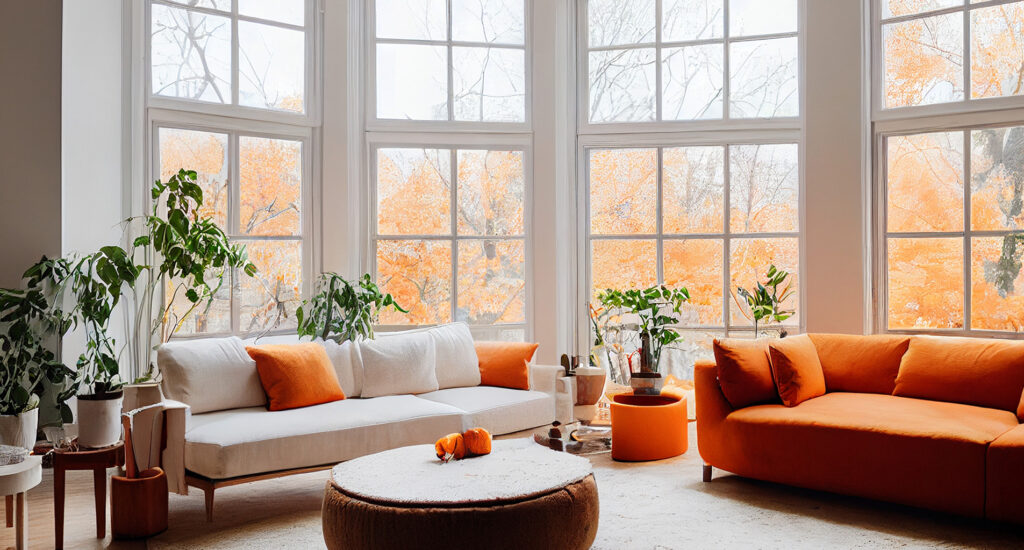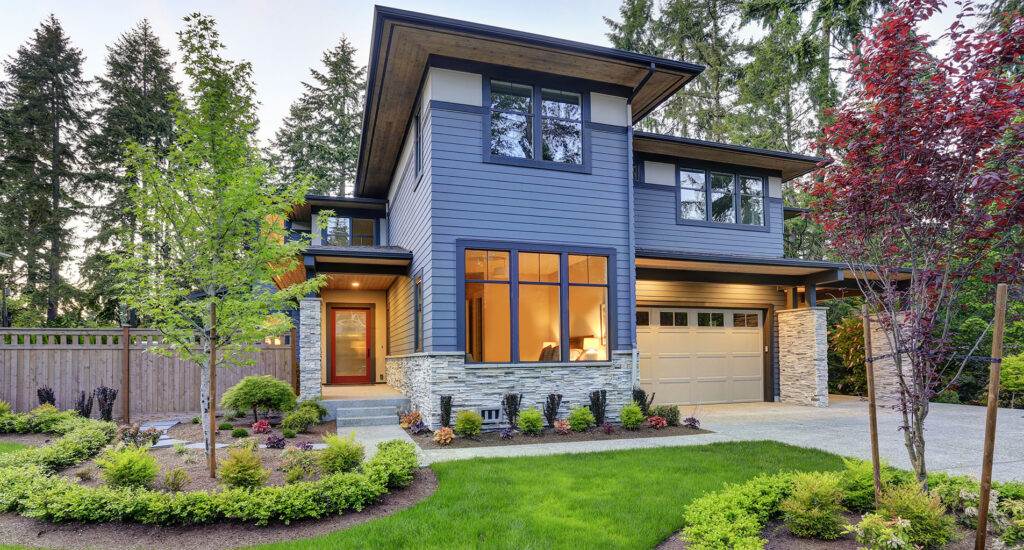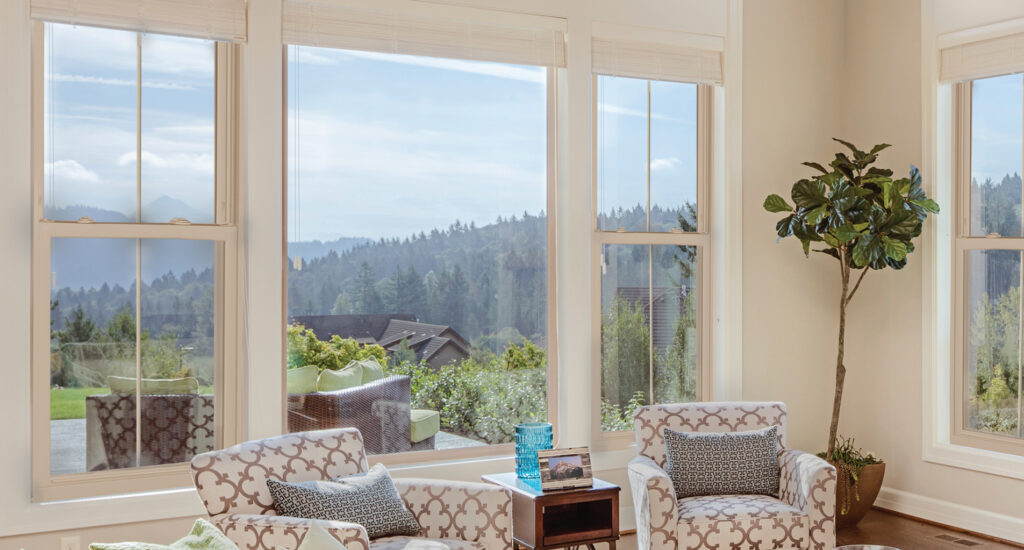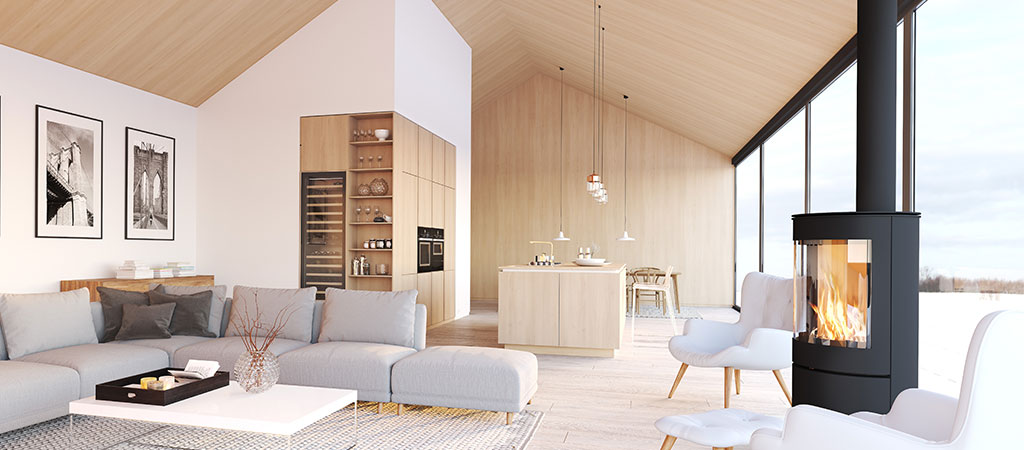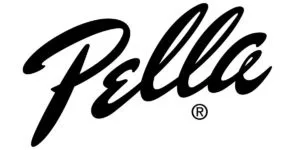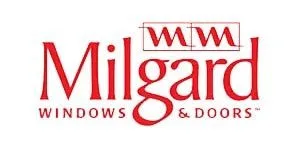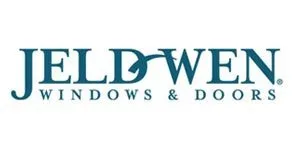Summer is a great time to perform maintenance tasks on your windows to ensure they are in good condition and functioning optimally. Keeping your windows in good condition is essential for maintaining the energy efficiency and overall appearance of your home during the summer season.
Here are some summer maintenance tips for windows:
Clean the windows: Regularly clean both the interior and exterior surfaces of your windows. Start by thoroughly cleaning the windows inside and out. Use a mild window cleaning solution or a mixture of water and vinegar to remove dirt, dust, and grime. Don’t forget to clean the window frames and sills as well. Avoid using abrasive materials that could scratch the glass or damage the window frames.
Clean, check, and repair screens: Remove and clean the window screens to remove dirt, dust, and debris. Use a mild detergent and water, then rinse thoroughly and allow them to dry before reinstalling. Inspect the window screens for any tears, holes, or damage. Replace or repair damaged screens to keep out bugs and insects during the summer months.
Inspect leaks and repair seals: Check the windows for any signs of leaks or condensation. Leaks can lead to water damage and condensation may indicate a problem with insulation. Address any issues promptly to prevent further damage. Check the weather stripping and seals around your windows for any signs of wear or damage. Damaged seals can lead to drafts and increased energy costs. Replace worn-out or damaged weatherstripping to ensure a proper seal and improve energy efficiency.
Lubricate moving parts: If you have windows that open and close, ensure that the moving parts, such as hinges, tracks, and rollers, are properly lubricated. Apply a silicone-based lubricant to the window tracks and hinges to keep them operating smoothly. This will help prevent sticking and ensure easy opening and closing of the windows.
Check for leaks: Inspect your windows for any signs of leaks or water damage. Look for discoloration, moisture accumulation, or mold growth around the window frames. If you notice any leaks, identify the source, and repair it promptly to prevent further damage.
Check caulking and sealant: Examine the caulking and sealant around the window frames. Look for any gaps or cracks that could allow air or water to enter your home. Remove old caulking and reapply a fresh bead of caulk to maintain a watertight seal.
Trim nearby vegetation: Trim any bushes, trees, or plants near the windows that may obstruct or damage the windows. This prevents them from rubbing against the windows during strong winds, which could cause scratches or other damage. Overgrown vegetation can scratch or damage the glass, so it’s important to keep it trimmed.
Consider window treatments: If you experience excessive heat gain through your windows, consider applying window treatments to reduce the amount of excessive sunlight and heat. This can help reduce the strain on your cooling system and protect your furniture from fading. Window treatments can help improve energy efficiency and keep your home cooler during hot summer days.
Test window operation: Open and close each window to ensure they are operating smoothly. If you encounter any issues, such as sticking or difficulty opening, it may be a sign of a larger problem that needs to be addressed.
Inspect and clean window wells: If you have basement windows with window wells, ensure they are clear of debris and functioning properly. Clean out any leaves, dirt, or other materials that may have accumulated. This prevents water buildup and potential leaks.
By following these summer maintenance tips, you can keep your windows in excellent condition and enjoy the benefits of natural light and fresh air throughout the season. Ensure that your windows remain in optimal condition, improve energy efficiency, and enhance the overall comfort of your home by keeping your windows as optimized as possible.
Are your windows ready to be replaced this summer?
When you find yourself cleaning your windows and noticing that they are in disrepair, you may want to consider getting replacement windows this summer.
At New Windows for America, we are here to help make your home more enjoyable and comfortable this summer by offering many window options to fit your home and budget. We can help to install windows that will be effective at combating the heat of the Colorado sun and that provide better temperature control. Take advantage of our professional summer window installation services and start looking for your new or replacement windows today.
Remember to ask us about our summer savings on our energy-efficient windows with our FACTORY-DIRECT PRICING on our windows and doors.
New Windows for America is a local and family-owned business for over 25+ years, installing a wide range of energy-efficient windows, doors, and siding. With our trained and professional installers, you can trust New Windows for America as your local window installer to perform a quality installation. We have a 5-star professional and knowledgeable team to help you choose the best windows, siding, and doors for your home, to fit your style, and budget.
Contact us today to schedule your FREE In-Home Estimate.
